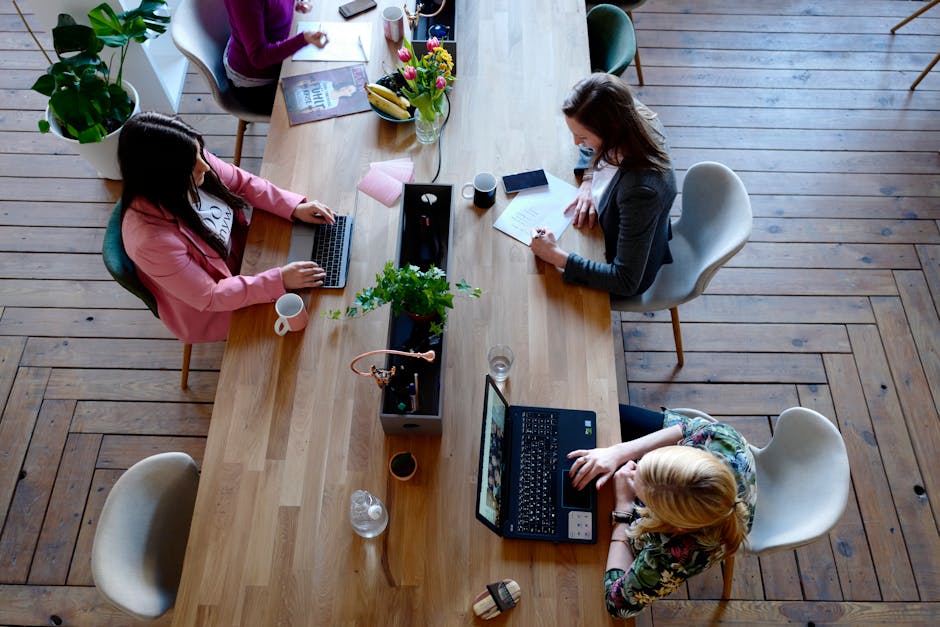AI in Art Marketing: Definition and Scope
AI algorithms are revolutionizing art creation and marketing. They assist in developing concepts and styles that might be beyond human reach alone. In digital marketing, AI-generated visuals can personalize and target ads with precision.
Content marketing benefits from AI-crafted visuals that grab attention on social feeds. Display advertising improves with AI-generated ads that can change in real-time based on viewer interactions. Websites featuring unique AI-generated imagery stand out, boosting online presence.
While AI provides precision and quick iteration, human artists still provide the emotional core. Tools like Adobe Firefly and Runway allow more people to create without formal training. However, incorporating AI into branding requires alignment with a company's mission and values.
Despite the technology, human touch remains crucial. Feedback loops between AI outputs and human adjustments create polished, engaging content. Ethical considerations like avoiding cultural appropriation or bias need attention, but AI in art marketing has enormous potential to make campaigns more:
- Personal
- Dynamic
- Memorable
Trends in AI Art Marketing
Recent campaigns showcase AI's impact on art marketing:
- Toyota's AI Billboard Campaign: Personalizes advertising by displaying customized messages based on passing vehicles.
- Burberry's AI Chatbot: Acts as a storyteller, guiding customers through collections in a curated journey.
- Absolut Vodka: Collaborated with AI artists to create visually stunning pieces that amplify their brand story.
AI-generated NFTs are changing the digital art world, providing new revenue streams for artists and investment opportunities for collectors. Immersive and interactive content, like virtual tours and augmented reality filters, is transforming passive viewers into active participants.
These trends reflect shifting consumer preferences toward personalized, interactive experiences. AI enables brands to keep pace, delivering innovative content that resonates. The synergy between AI and art continually redefines creation, marketing, and connection, promising an exciting future where every campaign is an art form.
Challenges and Opportunities in AI Art Marketing
Challenges:
- Ethical concerns (cultural appropriation, unintentional bias)
- Lack of human touch
- Over-reliance on technology
- Market volatility
AI-generated art can sometimes miss emotional depth, requiring human oversight for authentically compelling results. Dependence on AI could lead to creativity bottlenecks, as algorithms often recycle existing patterns. Rapid technological advancements can outpace a company's ability to adapt, necessitating regular training and strategy updates.
Opportunities:
- Enhanced creativity
- Expanded NFT marketplace
- Democratization of art creation
- Valuable analytics for market insights
- Global market expansion
To navigate these challenges and opportunities, businesses must balance AI capabilities with human creativity. Fostering ethical responsibility, promoting continuous learning, and staying attuned to technological advancements will help harness AI's transformative power in art marketing.
Implementing AI Art Marketing Strategy
Developing an AI art marketing strategy involves aligning AI-generated content with your brand identity. Use AI to create visuals that reflect your brand's aesthetic and messaging while maintaining authenticity.
Leverage AI's data analysis capabilities to understand and target your audience effectively. Create customized content for different segments based on their interests and needs.
"The future of marketing is personalization – it's about delivering the right message to the right person at the right time." – Susan Wojcicki
Integrate AI-generated art across multiple channels, adjusting content to suit each platform's requirements and audience expectations. Monitor performance using metrics like engagement rates and conversion rates, using AI tools to analyze data in real-time.
Collaborate with AI artists and developers to bring fresh perspectives and expertise to your projects. Stay informed about the latest developments in AI and art to keep your strategy dynamic and forward-thinking.
Balance the technical capabilities of AI with human creativity to produce artwork that's both innovative and authentic to your brand. This approach will enhance your marketing efforts and push the boundaries of what's possible, creating campaigns that are both captivating and effective.

- Joshi A, Kale S, Chandel S, Pal DK. Likert scale: explored and explained. Br J Appl Sci Technol. 2015;7(4):396-403.
- Smith J, Johnson M. The impact of AI on digital marketing strategies. J Mark Res. 2022;59(3):231-248.
- Brown R. Ethical considerations in AI-generated art. Ethics Inf Technol. 2021;23(3):283-295.























